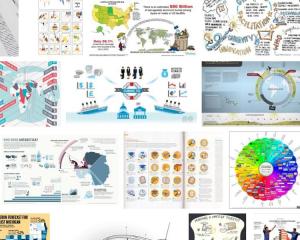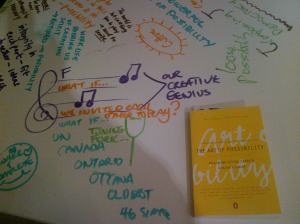
Lobbyists are liars, cheaters focused on bending government to their personal interests. They are the dark side of any political engagement. When they are very good at their jobs they can influence not only government policies, but also force cultural change and remove our essential rights.
Rights like, the right to drive drunk, the right to litter or the important right to abuse our children. In Ontario, they have already stripped us of the right smoke in our own cars when children are present and to smoke where people have to work. What about those lobbyists who insist that recycling is better than building bigger landfills or those slimy buggers who lobbied to make us wear seat belts?
OK, misconceptions about lobbyists is clearly a pet peeve of mine and no, not all lobbyists are as pure in their pursuits as those just mentioned, but neither are they evil doers bent on shoring up corporate interests. Despite this, the myth of “bad lobbyist” is a persistent and frustrating one. Like every profession there are those individuals we could all do without, but generally, lobbyist are a smart and strategic group of communicators doing good work. I’m quite proud of that aspect of my career and it completely lines up with my current work for a national charitable organization focused on serving Canadians.
Lobbyist are often officially defined as those paid to represent a particular group or interest. Given the complexities of the government, it is not unreasonable to assume that an organization might seek the assistance of those who specialize in understanding government to represent them. Paying someone to lobby or accepting money in order to lobby is not suspicious behavior. Despite this, lobbyists carry with them the expectation of bad behaviour. I have actually had people laugh in my face when I’ve raised the issue of lobbying ethics, but keep this mind the next time you think about lobbyists. What other communications professional is obliged to complete a public explanation of their activities and intent before and every time they initiate their business practice?
Another pervasive myth that surrounds government relations is the discussion of access. The myth runs something like this, a good lobbyist is someone who can get you access to government officials. What this implies is that access is limited, content irrelevant and objectives extraneous. It says that your issue, its effect on the public and any informed solutions you may have to offer are irrelevant if you don’t have a personal friendship with the right government official or enough cash to hire the right lobbyist.
If that’s true, I want to know who died and left professional lobbyists in charge of my rights as a citizen? Having a lobbyist with good contacts in government can facilitate the timing and effectiveness of your meetings, speeding things along, but it shouldn’t be and rarely is, a requirement for meeting with elected officials or civil servants. If effective government relations are reliant upon hiring a lobbyist who has some prior affiliation with the ruling party, do you really want that government? Fortunately, if access to politicians ever becomes reliant on prior relationships it’s easy enough to fix. Remember who your friends are during the next election…
Lessons Learned
- Great things can come from lobbying.
- Real lobbying is not about selling access.
- Good governments (and good politicians) are never afraid of hearing your opinion.




